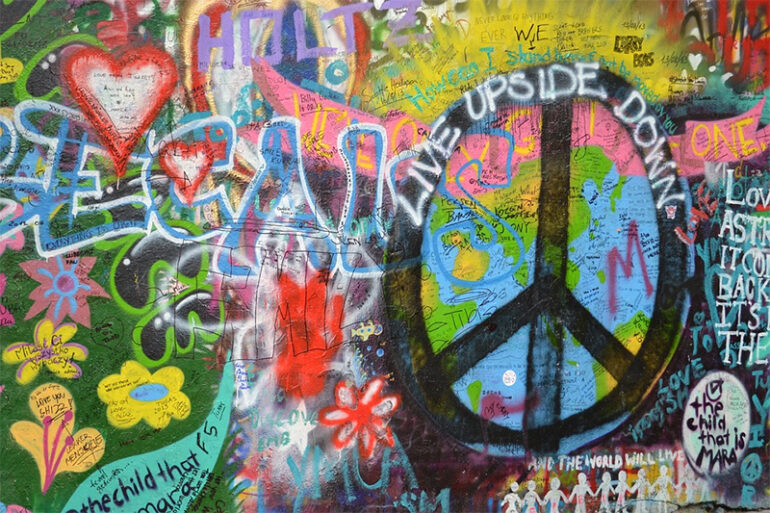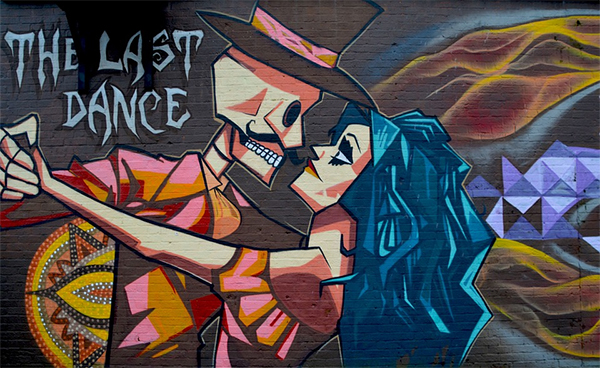Since their earliest iterations as acts of vandalism, street art and Graffiti have advanced significantly. They are now seen as viable artistic mediums that may alter urban environments and question societal conventions. This essay will examine the history and current state of street art and Graffiti.
What Is Graffiti?
Graffiti is a type of art in which people, without the owner’s permission, write or paint things on publicly accessible surfaces like walls, buildings, or other items. From little tags or signatures to large murals and political declarations, graffiti may take on a variety of shapes. Graffiti has a lengthy history of being connected to vandalism and other wrongdoings, but in recent years, it has emerged as a respectable art form. Graffiti artists usually employ vivid colors, elaborate patterns, and imaginative lettering to produce works that defy societal conventions and grab people’s attention.
Origins of Graffiti and Street Art
Interestingly, Graffiti and street art originated in ancient civilizations when individuals expressed themselves in public places. Graffiti and street art became popular in contemporary times as a means of defiance and protest against the existing quo. Graffiti became a weapon for oppressed populations in the 1960s and 1970s to reclaim their spaces and express their identities.
The Development of Graffitiand Street Art
After being associated for years with vandalism, street art and Graffiti are now recognized as valid artistic mediums. This trend may be attributed to several variables, like shifts in public opinion, the growth of social media, and technological advancements.
The shifting public view of what constitutes art is one of the major elements influencing the adoption of street art and Graffiti. As a result, street art and Graffiti have acquired acceptance and respect as more people have begun to appreciate their creative and expressive features.
Technology advancement has also led to the expansion of street art and graffiti. Due to artists’ capacity to create and distribute their work utilizing modern technology, street art and graffiti now have a broader audience and a more important effect. Street artists and graffiti writers may expand their fan bases and reach new audiences, thanks to social media sites like Instagram.
The rising tendency to employ street art and Graffiti as a means of urban revitalization has also contributed to their development. Murals and other works of art that enhance public places and draw tourists are produced by street painters and graffiti writers who work for cities worldwide.
The Future of Graffiti and Street Art
Given how popular and well-regarded street art and Graffiti are, both genres will likely see greater advancement and experimentation in the future. To create difficult and motivational works of art, artists will continue to push the limits of what is possible in street art and Graffiti by utilizing new methods, materials, and technology.
However, when street art and Graffiti get more popular and become appropriated by commercial interests, they risk losing their rebellious edge. Since street art and Graffiti continue to be important and well-liked forms of expression and empowerment for those in need, it is vital that they maintain their originality and integrity.
Photo Attribution:
1st and featured image from https://pixabay.com/photos/lennon-wall-prague-love-graffiti-176789/
2nd image from https://pixabay.com/photos/street-art-graffiti-urban-street-1183812/

